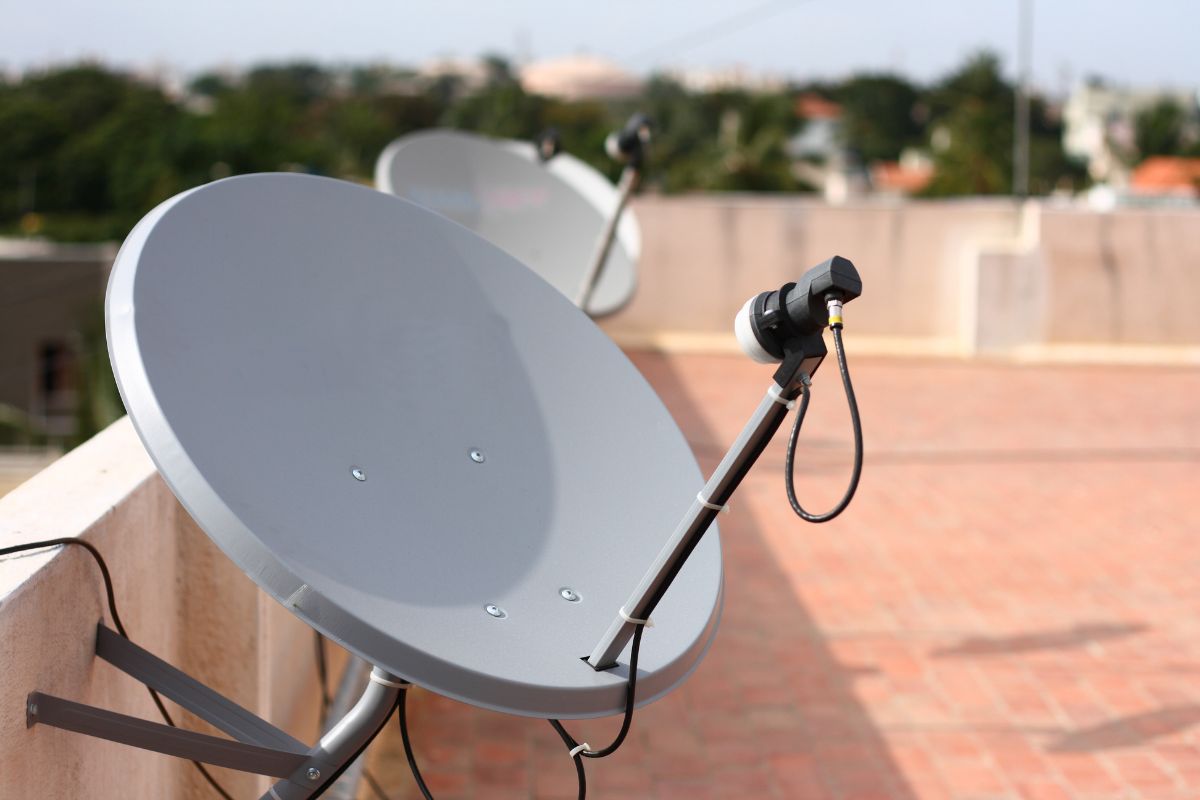
The National Tariff Order, which arrived on the subscribers’ doorstep at the start of last year, brought a barrage of mixed reactions. If there was something after the beginning of the Set-Top-Box revolution, it was the NTO from TRAI which absolutely changed the way people were using DTH connections. The tariff order from TRAI changed the pricing of the channels, the base packs, and everything else. However, the TRAI order was challenged by many petitioners, mainly the broadcasting houses who were working hard to bring out content and barely trying to make their channels survive in the competition. The verdict by the High Court is now out on this one about who has stood the test of law.
HC Favours TRAI Order and its Legality
To cut a long story short, the TRAI (Telecom Regulatory Authority of India) order stands the test of time and has been upheld by the High Court. This means that TRAI will not have to change anything about its second iteration of the National Tariff Order. Last time, after heavy criticism, TRAI had upped the limit of “slots” provided for the channels in the NCF of Rs 153 (tax included) from 100 to 200 channels.
However, there is one caveat which the people should keep in mind. Just like it is the case with any major ruling, even this order by the HC is not a blanket statement. While the judge has upheld the tariff order as a whole, a single clause of the NTO has been struck down, which was considered to be arbitrary. This clause has to do with the a-la-carte pricing of the channels as compared to their price in the bouquet.
Why Prices Might Shift a Little
To put a clear picture in the minds of the consumers, previously, as per the tariff order of TRAI, the price of an a-la-carte channel was not supposed to exceed three times the price of the channel in a bouquet. This clause was considered as a rope that was holding together the price of the bouquet and a-la-carte channels in a relative consistency. This meant that people getting the same channel in a bouquet and separately were not hit by much of a price difference, and even in a lot of cases, no difference at all. But, now that this point has been struck down by the High Court on the grounds of being arbitrary, the broadcasters are free to hike the prices of the a-la-carte channels as compared to the prices in the bouquet. As a result, people selecting channels separately and not opting for bouquets might be paying more for the same channel soon.
There are some ifs and buts to this as well. Looking at the industry right now and how broadcasters are pricing their channels. It’s also true that a lot of channels are reducing their prices to be included in bouquets. This way, they are able to optimise for viewership and ad revenue rather than subscription revenue. It remains to be seen how Telecom Regulatory Authority of India responds to this order and how the broadcasters respond. For now, the subscribers should use the TRAI tool to simplify their channel choices, avoid overlaps in channel selections and reduce their costs by adding only those channels which they regularly watch, preferably in a bouquet.















